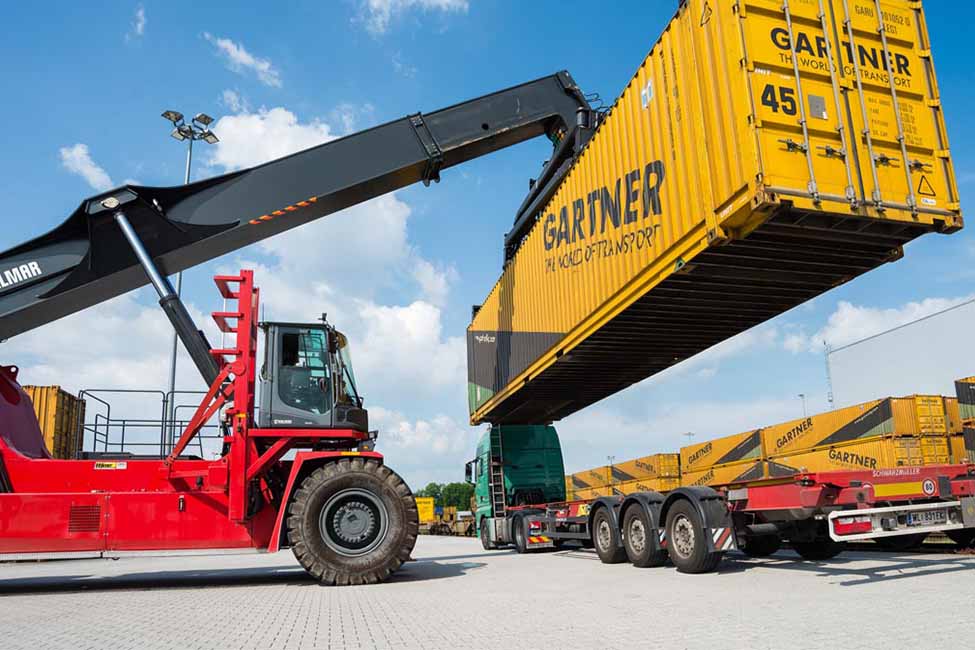Loading cargo in a container is a critical process that requires careful planning and execution. Efficiently utilizing the available space while ensuring the safety and integrity of the goods is essential for successful transportation. In this article, we will explore the best practices and techniques for loading cargo in a container, providing you with valuable insights on how to optimize this process.
- Preparing the Cargo:
Before loading the cargo, it is crucial to ensure that it is properly prepared. This includes packaging the goods securely, using appropriate materials such as pallets, shrink wrap, or dunnage to prevent damage during transit. Additionally, labeling the cargo with relevant information such as weight, dimensions, and handling instructions will facilitate the loading process. - Understanding Container Types:
Different types of containers are available for various cargo requirements. It is essential to understand the characteristics of each container type to determine the most suitable option. Standard dry containers, high cube containers, open-top containers, and refrigerated containers each have their unique features and limitations. By selecting the right container, you can maximize space utilization and ensure the safety of your cargo. - Utilizing Space Effectively:
To optimize space utilization, it is essential to plan the loading process carefully. Start by analyzing the dimensions and weight distribution of the cargo to determine the most efficient arrangement. Utilize the full height of the container by stacking goods vertically, ensuring stability and preventing damage. Additionally, using load securing techniques such as bracing, blocking, and lashing will prevent cargo shifting during transit. - Implementing Load Distribution Strategies:
Proper load distribution is crucial for maintaining the stability and balance of the container. Distribute the weight evenly throughout the container, considering the cargo's center of gravity. Place heavier items at the bottom and distribute lighter items on top to prevent toppling. Furthermore, using load distribution tools such as load bars, airbags, or dunnage bags will enhance stability and minimize the risk of cargo damage. - Maximizing Container Capacity:
To make the most of the container's capacity, consider utilizing all available space. This can be achieved by using intermodal containers, which are designed to fit together efficiently, allowing for more cargo to be transported. Additionally, utilizing container accessories such as hanging garment racks, pallet collars, or container ramps can further optimize space and enhance loading efficiency.
Conclusion:
Efficiently loading cargo in a container is a complex process that requires careful planning, attention to detail, and adherence to industry best practices. By following the techniques and strategies outlined in this article, you can optimize space utilization, ensure cargo safety, and streamline the transportation process. Remember, proper preparation, understanding container types, effective space utilization, load distribution, and maximizing container capacity are key factors in mastering the art of loading cargo in containers.
